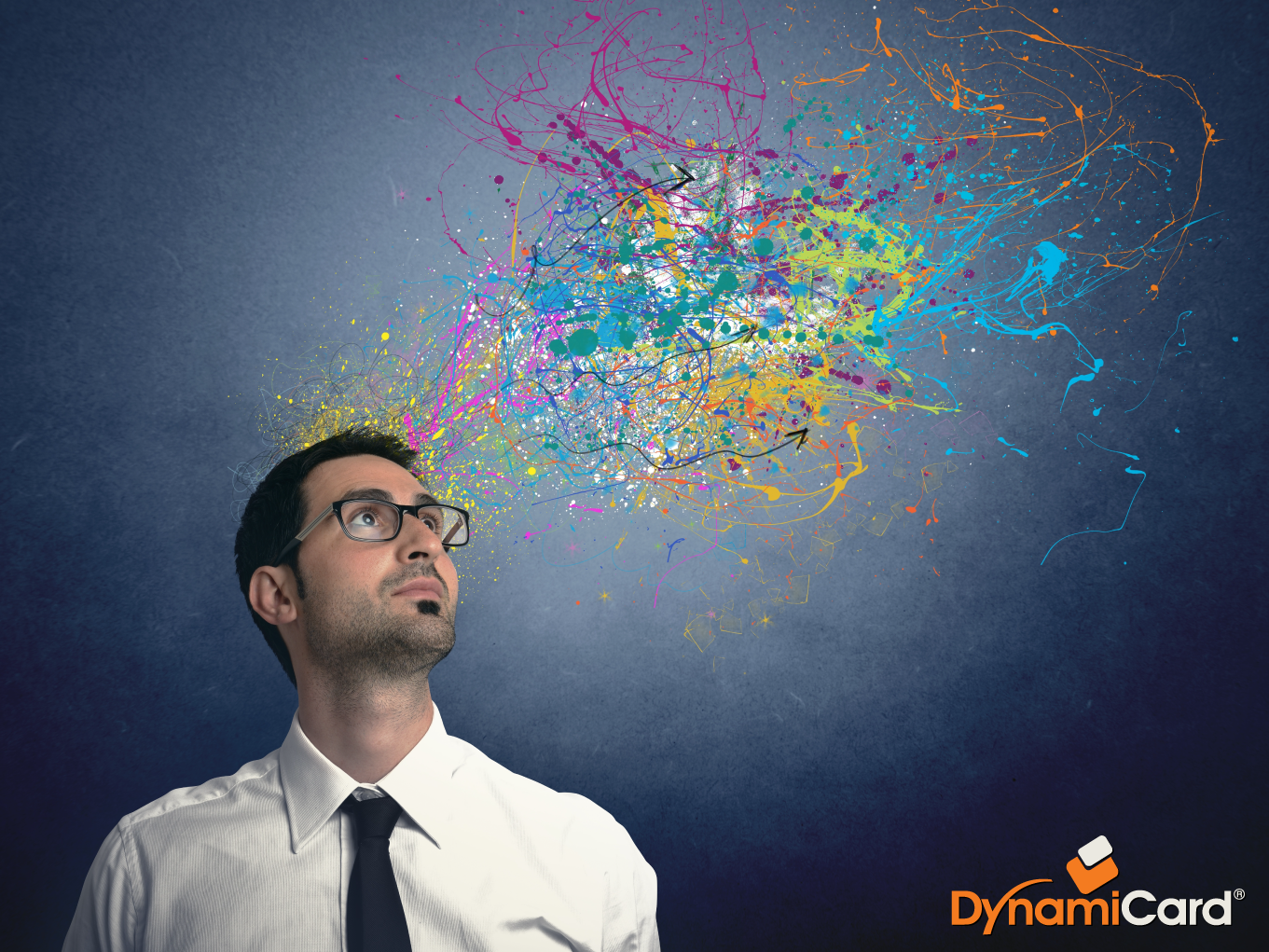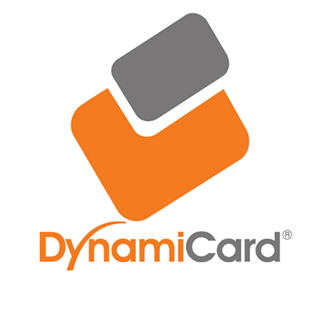When it comes to the ongoing success of your marketing campaign and the effectiveness of collateral like plastic postcards, any step that you can take to make sure your materials stand out in a crowd is a step worth taking. But one of the most important parts of graphic design is also, sadly, the one that far too many people fail to pay enough attention to: color psychology.
That’s right – being strategic about the colors you’re using can and will make a huge impact on your response rate moving forward. To get to that point, however, you just need to keep a few key things in mind.
The Science of Color Psychology: Breaking Things Down
A wide range of different studies over the years have confirmed what many of us have always suspected: color plays a big role in not only the immediate emotions we feel, but also how we interpret and respond to certain ideas along the way.
Red, for example, is a great way to immediately catch someone’s attention. When used as an accent color, it can also be an opportunity to spark hunger in someone – making it an ideal color for restaurants to rely on. Red can also increase your energy, heart and respiratory rates, too.
Blue has essentially the opposite impact – it has a tendency to calm people down. It also creates feelings of trustworthiness and intellect, which is great when you’re trying to establish yourself as an authority in your direct mail materials.
Green naturally represents qualities like money, wealth and stability – which can be a perfect way to strike a balance in your materials.
Black conveys a sense of high quality, while orange and yellow are both excellent for conveying a much-needed sense of fun.
So once you decide what your actual marketing message is going to be, make sure that you’re choosing colors that compliment those ideas. In a way, those colors can help to underline your point and cement it in the minds of your recipients – thus allowing you to capture their attention and make your desired impact as well.
If you’d like to find out more information about the important role that color psychology plays in not only graphic design but also your larger direct mail campaign in general, or if you just have any additional questions you’d like to discuss with someone in a bit more detail, please don’t delay – contact us today.


